Are you suffering from Saddle Anxiety?
A new horse and your old saddle you fear may not fit?
Your horse is hinting your old saddle does not fit anymore?
You’re leasing a horse or taking lessons and you want your own saddle?
A new saddle you have …just doesn‘t seem to fit? A new purchase on the horizon... is there homework that you can do first??
Let’s take the anxiety and mystery out by reviewing some important points of English saddle fitting!
1. Try to get comfortable with the anatomy of the horse that directly affects saddle fit.


2. Put your horse on a (reasonably) level surface, standing square. Then back far enough away to get an overall impression of his/her shape. Long? Short? Is the back level, sway, or croup high?




3. Take photos from the front, Left side, the hindquarters, Right side. Have your horse standing as square as possible (hind feet should be no more than 6" off square). Be sure to take a “saddle view“ photo of the back as well (see images below step 6 with flexicurve as example of the correct angle).


4. Locate and mark the shape of the scapula on the left side. Make a mark just behind the back edge of the scapula. (mark 1 in photo above)
5. Make a mark with your marker or tape at the end of the wither (mark 2 in photo above) and measure the distance between the two points. (Length of wither)
6. Find the 18th (last rib) where the thoracic and lumbar vertebrae of the spine meet. Measure the distance from the end of measurement #2 to this mark (mark 3 in photo above). This information will give you an idea of how long the saddle panels can comfortably fit your horse’s back. You should not extend past that point onto the lumbar spine, because the only bony structure of support is the spine itself.


7. Take a flexicurve or the Nunn Finer Saddle Fitting Curve (even a lightweight metal clothes hanger can work) to measure the shape and width of your horse just rearward of the scapula mark. It is helpful to repeat this process at the flexicurve marks to “trace” the area covered by a saddle. If using a hanger, do this every 10 centimeters (4”) so you can make 4 or 5 marks along the spine of the horse, beginning with mark 1.


8. It is helpful to then trace the outline onto paper (the inside of a feed bag or a brown paper grocery bag work well. Remember to trace the inside edge of the tool, not the outside. Include the marks on the tool onto the paper for reference.


9. Visualize or better yet measure the distance between the back and the height (highest point) of the withers. (this distance is called Compensation – for the saddle panel or additional pads that will be needed to raise the saddle, in balance, to allow for 2 fingers clearance for the withers)




If your horse is changing (young/still growing, changes weight with the seasons, is becoming more of a more senior citizen, or you ride multiple horses) an adjustable or changeable gullet plate saddle may be a good choice for you. The profile of the saddle must match the horse for a proper fit. In other words, if your horse has a long flat back and the saddle looks short and “shapey” it cannot be properly balanced, it won’t be stable for the rider, and it will not be comfortable for the horse. The correct balance is essential to allow your horse to move like the athlete that nature intended. We will save explanations of saddle trees, saddle panels and the options for what is inside those panels for another blog. For now, grab your phone, a marker, a flexicurve and some sticky dots or tape. In short order you’ll be prepared to have a useful conversation with a saddle seller, a trained saddle fitter or your horse’s therapy providers. If you are experiencing fitting problems with a saddle you have or are considering investing in a new one, following these steps will provide valuable information to help you to determine the potential answers to your saddle fit questions.










